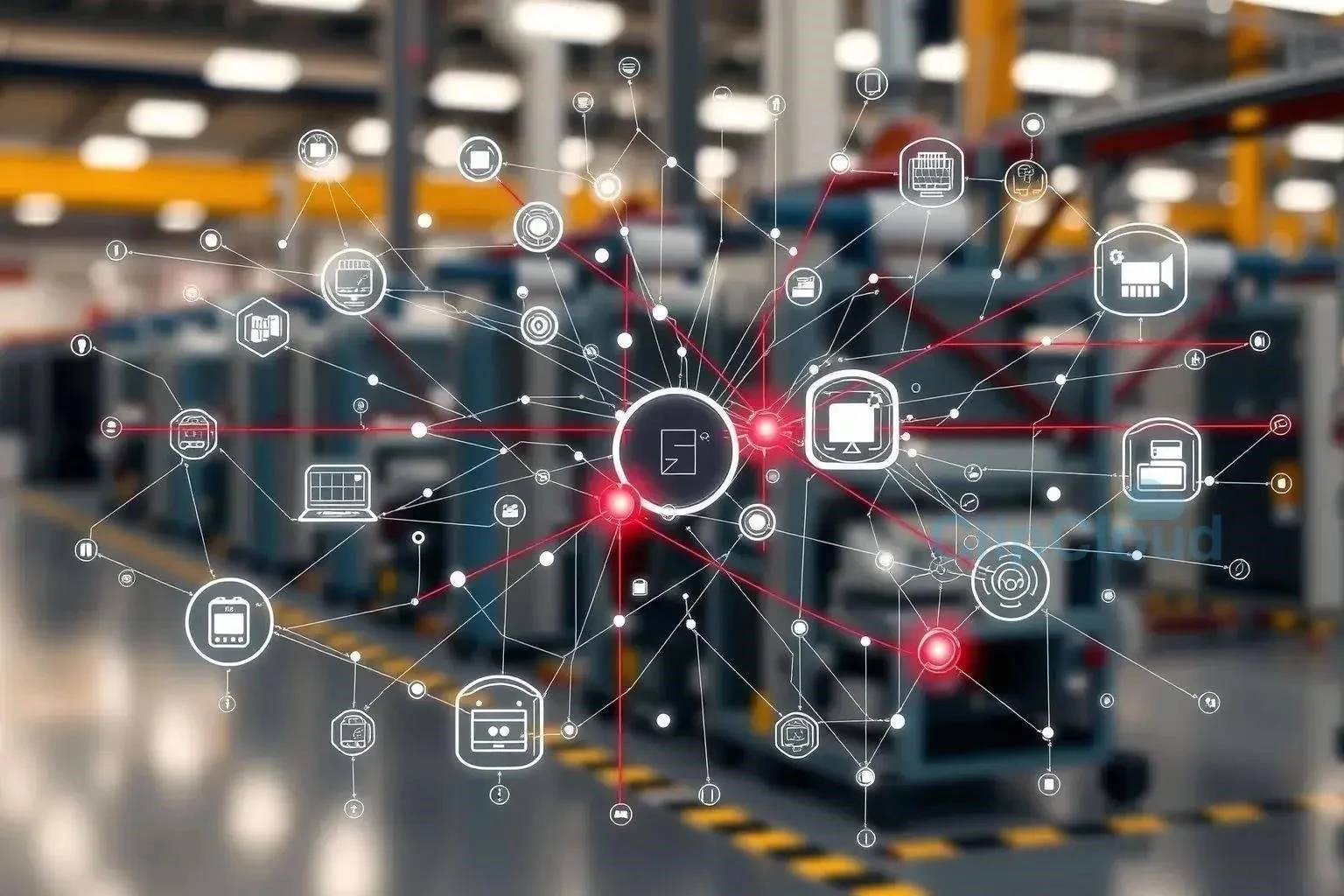The human body is an incredibly complex and adaptable machine, yet it’s undeniably fragile when confronted with the violent forces of a car crash. Our bones, tissues, and organs, while designed for locomotion and survival, are not inherently equipped to withstand the sudden deceleration and impact that accompany vehicular collisions. Understanding the biomechanics of injury and exploring potential enhancements to the human body to survive car crash scenarios is a fascinating and critical area of research. This exploration delves into hypothetical adaptations, both biological and technological, that could significantly improve our chances of walking away from a high-speed impact.
Biological Adaptations: Evolving for Survival
Imagine a future where humans have naturally evolved, or been genetically engineered, to better withstand car crashes. What biological adaptations might be necessary?
- Reinforced Skeletal Structure: Bones could be significantly denser and more flexible, capable of absorbing greater impact forces without fracturing. Think of a bird’s hollow bones, but with the strength of steel.
- Enhanced Muscle Density and Reflexes: Thicker, more reactive muscles could brace the body more effectively during a collision, mitigating the severity of whiplash and other soft tissue injuries.
- Internal Organ Redesign: Organs could be more securely anchored within the body cavity to prevent internal damage from rapid deceleration. Perhaps a more resilient cushioning system or a denser, more impact-resistant organ structure.
- Increased Pain Tolerance: While not directly preventing injury, a higher pain threshold could allow individuals to remain conscious and functional after a crash, improving their chances of self-rescue.
Technological Augmentation: Merging Man and Machine
Beyond biological adaptations, technological advancements offer a wide range of possibilities for enhancing human resilience in car crashes.
Internal Technologies
- Internal Airbag Systems: Miniature airbags strategically implanted around vital organs could deploy instantly upon impact, providing an extra layer of protection.
- Exoskeletal Reinforcement: A lightweight, internal exoskeleton could provide structural support and absorb impact forces, protecting the spine and other vulnerable areas.
- Neural Implants for Enhanced Reflexes: Neural implants could augment reaction time, allowing individuals to brace themselves more effectively before impact.
External Technologies
While focusing on the human body, improvements to vehicle safety features also play a crucial role.
- Advanced Seatbelt and Airbag Systems: More sophisticated restraint systems could distribute impact forces more evenly across the body, reducing the risk of localized injuries.
- Smart Car Technology: Collision avoidance systems and autonomous driving technologies could prevent crashes altogether, eliminating the need for extreme human resilience.
Comparative Analysis: Biological vs. Technological Solutions
| Feature | Biological Adaptation | Technological Augmentation |
|---|---|---|
| Development Time | Generations or decades (genetic engineering) | Years (engineering and development) |
| Implementation | Potentially complex and ethically challenging | Requires technological infrastructure and integration |
| Maintenance | Self-maintaining (biological processes) | Requires maintenance and potential replacement |
| Cost | Potentially high (genetic engineering) | Varies depending on the technology |
Ultimately, the quest to enhance the human body to survive car crash situations will likely involve a combination of both biological and technological approaches. While the prospect of evolving or engineering humans to withstand extreme forces may seem like science fiction, the underlying principles are grounded in scientific understanding and driven by the desire to mitigate the devastating consequences of car accidents. As technology continues to advance, we may one day see significant improvements in human resilience, making car crashes survivable events rather than life-threatening tragedies. The future of automotive safety hinges on our ability to innovate and adapt, ensuring that the human body is better equipped to handle the unavoidable forces of impact.
My own exploration into this field began, admittedly, with a gruesome curiosity. I, Elias Thorne, have always been fascinated by the limits of the human body. Not in a theoretical way, mind you. I’ve always preferred getting my hands dirty, so to speak. My initial experiments were… ethically questionable, let’s just say. I started with crash test dummies, of course, instrumented with sensors to measure the force of impact at various points. I’d tweak the dummy’s internal structure, simulating denser bones or reinforced organs with various materials like high-density foam and even, at one point, a modified gel used in prosthetic limbs.
Early Experiments: The Dummy Trials
These early trials were messy, and often depressing. Watching a dummy get smashed to pieces, even with my “improvements,” was a stark reminder of the brutal physics involved. One experiment, where I tried to simulate an internal airbag system using miniature CO2 cartridges, resulted in a rather spectacular (and thankfully contained) explosion. The foam “organs” were scattered everywhere, and I spent the next three hours cleaning up. But even in those failures, I learned something. I learned that simply adding more material wasn’t the answer. It was about distribution of force, about creating a system that could absorb and dissipate energy.
The Exoskeleton Prototype
Inspired by the research I had read on external exoskeletons, I decided to try and create a miniature, internal version. This was far more challenging than the dummy modifications. I spent months experimenting with different materials – carbon fiber, titanium alloys, even shape-memory polymers. The goal was to create a lightweight structure that could conform to the body, providing support and absorbing impact. My first prototype, a clunky mess of metal and wires, was a complete failure. It restricted movement, was incredibly uncomfortable, and likely wouldn’t have provided any real protection in a crash. I even managed to accidentally trigger a locking mechanism, trapping myself in my workshop for a good hour.
The Neural Interface: A Risky Venture
The most ambitious, and frankly, terrifying, experiment I undertook involved a neural interface. The idea was to create a system that could detect the onset of a crash and trigger a series of pre-emptive muscle contractions, bracing the body for impact. This, of course, involved implanting electrodes into my own muscles and connecting them to a microcontroller. I know, it sounds insane, and looking back, it probably was. The initial tests were… twitchy. I’d be sitting at my desk, and suddenly my arm would spasm, or my leg would kick out. Calibration was a nightmare. I almost ended up punching myself in the face on more than one occasion.
The Simulated Crash
Eventually, after months of tweaking and refining the system, I felt ready for a simulated crash test. I built a small, enclosed chamber with a padded seat and a simple impact mechanism. It wasn’t pretty, but it was functional. Strapped in, electrodes buzzing, I initiated the test. The impact was jarring, but surprisingly, the system worked; My muscles contracted, bracing my body just before the collision. The force felt significantly reduced. I walked away with nothing more than a mild headache and a profound sense of relief.
While my personal journey in exploring ways to enhance the human body to survive car crash has been fraught with peril and questionable decisions, the results, albeit preliminary, are encouraging. I believe that a combination of biological understanding and technological innovation holds the key to significantly improving our chances in a car accident. Though I’ve paused my personal experiments (under advisement, let’s say), I continue to follow the research in this field with avid interest, hoping that one day, these ideas will become a reality.


